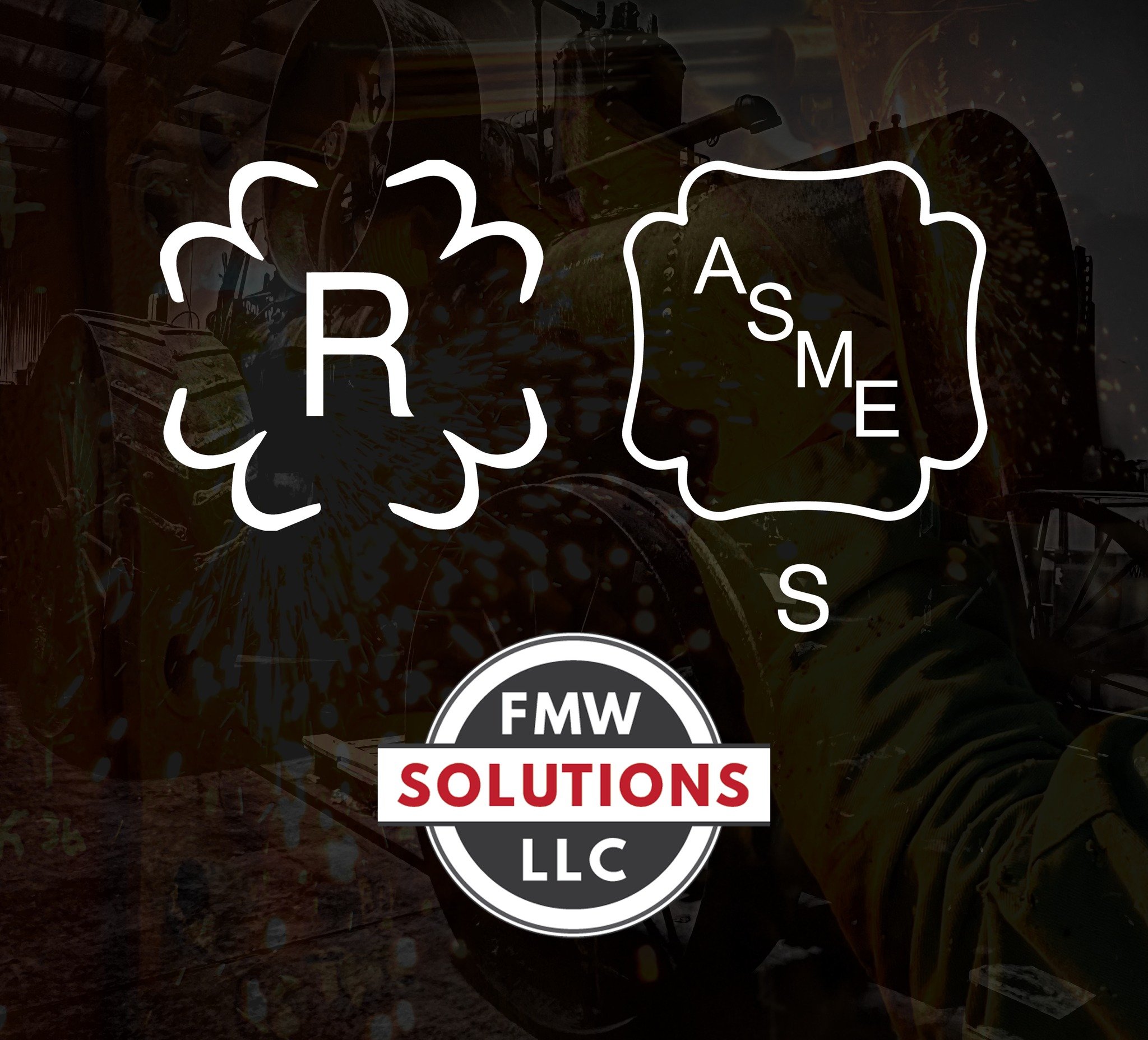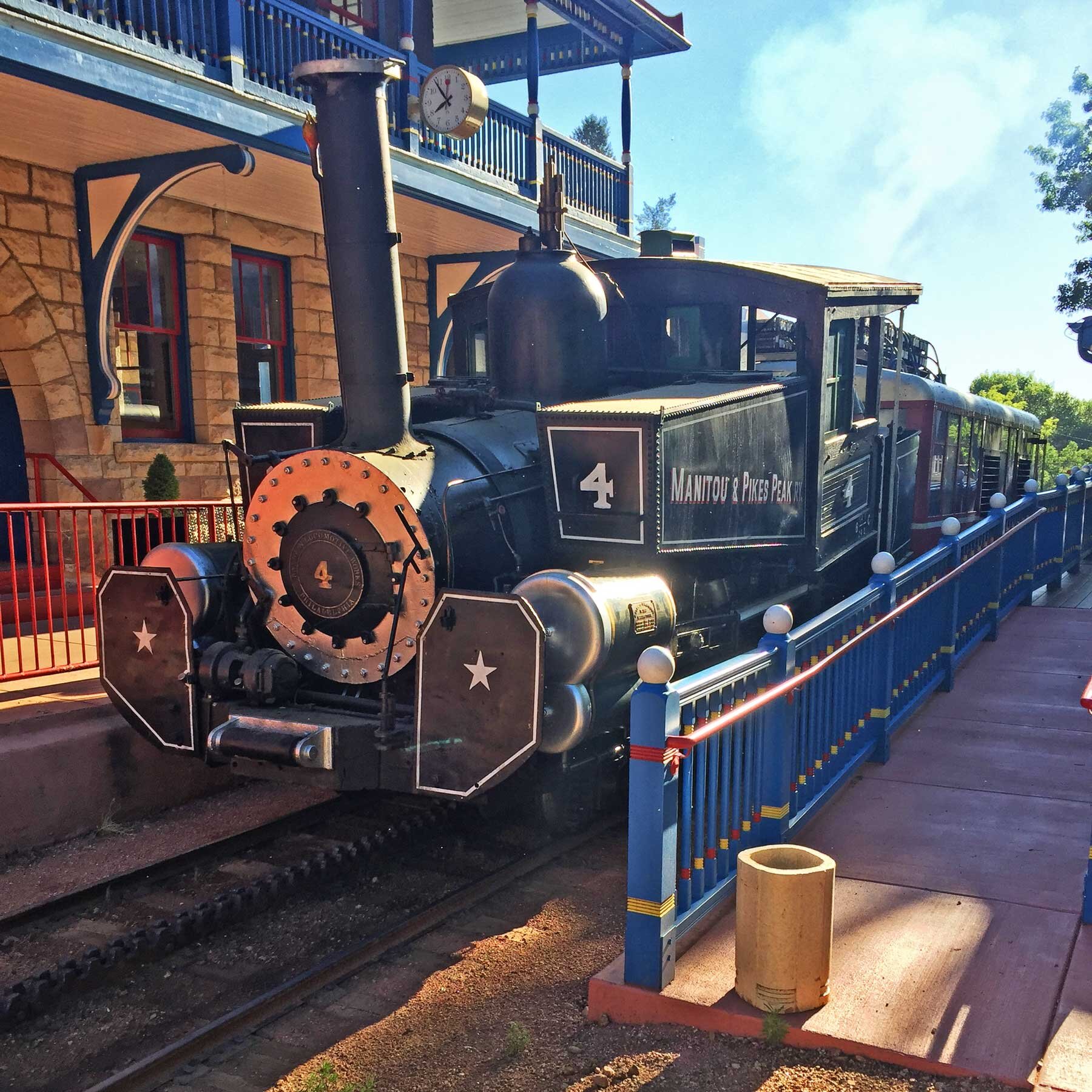
News

FMW Solutions earns ASME "S Stamp" and NBIC "R Stamp" Certifications for Boiler Repair
FMW Solutions has received its ASME “S Stamp” and NBIC “R Stamp” Certifications. These two certifications enable the firm to complete the new fabrication and repair to “Code” regulated pressure vessels, including steam locomotives operating at theme parks and historic traction engines. FMW is now under contract to assist a steam heritage railroad and a steam traction engine owner with code work, utilizing these new certifications to aid those clients in operating, building, and restoring their historic boilers.
FMW Solutions Enlisted as Strategic Partner for Historic Pennsylvania Railroad Locomotive Restoration
The RAILROADERS MEMORIAL MUSEUM (RMM) announced this week that it has named FMW SOLUTIONS LLC as its strategic partner in the restoration of PENNSYLVANIA RAILROAD K4s-class steam locomotive No. 1361. Working with the board and sta at RMM, and a team of qualified volunteers, FMW Solutions will oversee the day-to-day restoration efforts of the museum’s national icon and assist in strategic planning for the eventual operation of the attraction
U.S. Sugar Christens Historic Steam Locomotive
Steam Locomotive Restoration Passes Major Milestone
U.S. Sugar Steam Locomotive No. 148 Hauls Sugarcane Train to Mill Ending Harvest Season, New “Sugar Express” Launched

